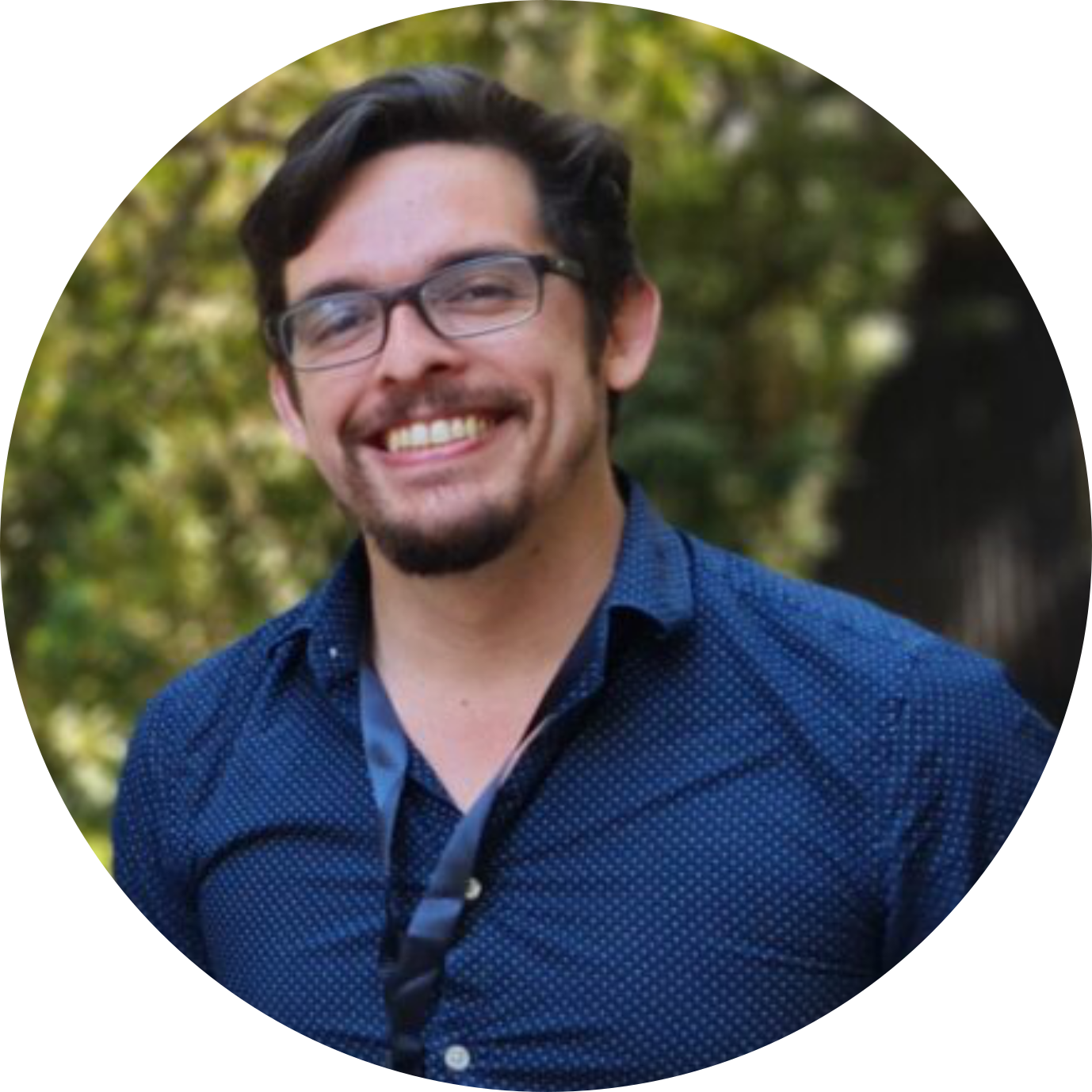
néstorespinoza
Astronomer | Mission Scientist
Communicating Science for Everyone
Astronomy offers a profound window into our universe, yet its complexity can sometimes create distance between research and the public. One of my core passions is to bridge this gap and make science accessible to everyone.
I have been fortunate to participate in many interviews and initiatives aimed at sharing astronomy with broader audiences. This video — part of STScI’s Deep Dialogues series — highlights some of these efforts, which not only enrich our understanding of the universe but also help inspire future generations of astronomers, ensuring that the spirit of discovery continues to thrive.
Beyond this interview, I have also had the privilege to participate in several media appearances and public discussions that aim to bring astronomy closer to diverse audiences, such as:
- 🎧 NASA’s Curious Universe — Webb’s Search for Habitable Worlds and its Spanish edition.
- 📺 PBS NOVA — Ultimate Space Telescope and New Eye on the Universe, as well as a Reddit AMA discussing these topics.
- 🎬 Film appearances — Deep Sky and Cielo, documentaries exploring humanity’s relationship with the cosmos.
- 📰 Featured interviews and press releases — NASA: Webb Looks at Earth-Sized Habitable Zone Exoplanet TRAPPIST-1e and NASA: Webb Investigates Eternal Sunrises and Sunsets on Distant Worlds.
Together, these efforts reflect my commitment to sharing the excitement of discovery and inspiring curiosity across languages, cultures, and generations.
Razones Siderales
"Razones Siderales" is a weekly section I hosted from 2020 to 2022 on the chilean national radio station Radio USACH. Here, together with the chilean journalist Freddy Stock, we talked about the latest scientific advances on astronomy and astrophysics providing explainations of complex subjects in an entertaining way for the general public. Each of our conversations were released via podcast (in spanish).
Dimension Futuro
"Dimension Futuro" is a section I hosted until 2017 in the radio show ``Palabras sacan palabras", which went weekly on the chilean radio station Futuro FM. The main aim of this section was to give down-to-Earth explainations of cutting-edge science in an informal and entertaining way.
Order-of-magnitude estimations for high-school students
Since 2014 and until 2017, I was a teacher at the Center of Study and Development of Talent at PUC (PENTA UC, for its acronym in spanish), which is a center aimed at the academic development of talented high school students, and which offers them university-class courses dictated at PUC by professors and researchers. In this context, I developed and delivered a course almost every semester on order-of-magnitude estimations, based on the popular lecture notes by Sanjoy Mahajan (which can be found here) to high-school students of all levels. The course turned out to be very popular in the program, and according to pre and post tests done to students, it had a significant impact on the ability of each student to both perform order-of-magnitude calculations and to develop opinions on topics which they have not thought before based on their ability to transfer knowledge into numbers.
Itinerant Physics/Bling Bling Universe
"Itinreant Physics" is the first project I started leading and which started my serious interest on science education. This project, which is led by physics and astronomy undergraduates at the Pontificia Universidad Catolica de Chile (PUC), focuses on sharing science with chilean schools through several sub-projects, which include training programs for teachers and students in physics and astronomy and material aid for vulnerable primary, secondary and high schools in order to help them develop their own laboratories for their science curriculum. I was the director of the project from 2009 to 2013, time period during which several projects were developed. Among them, I founded the Bling Bling Universe (BBU) initiative, a platform which is active to date and which I coordinated until the end of 2015, and whose aim is to provide tools for high school teachers and students in spanish in order for them to be able to explore the Sloan Digital Sky Survey (SDSS) data.